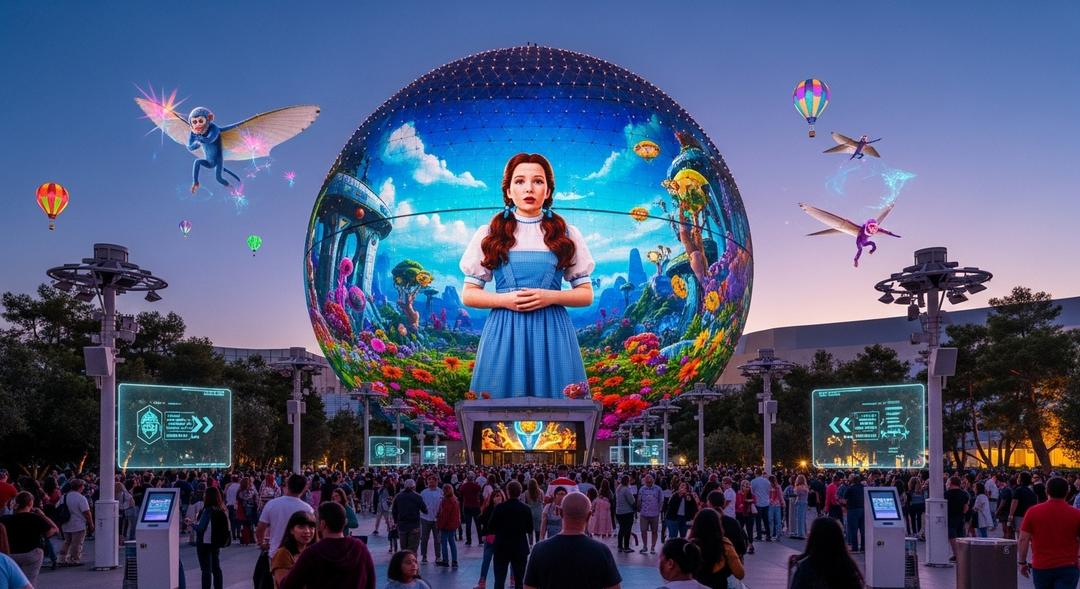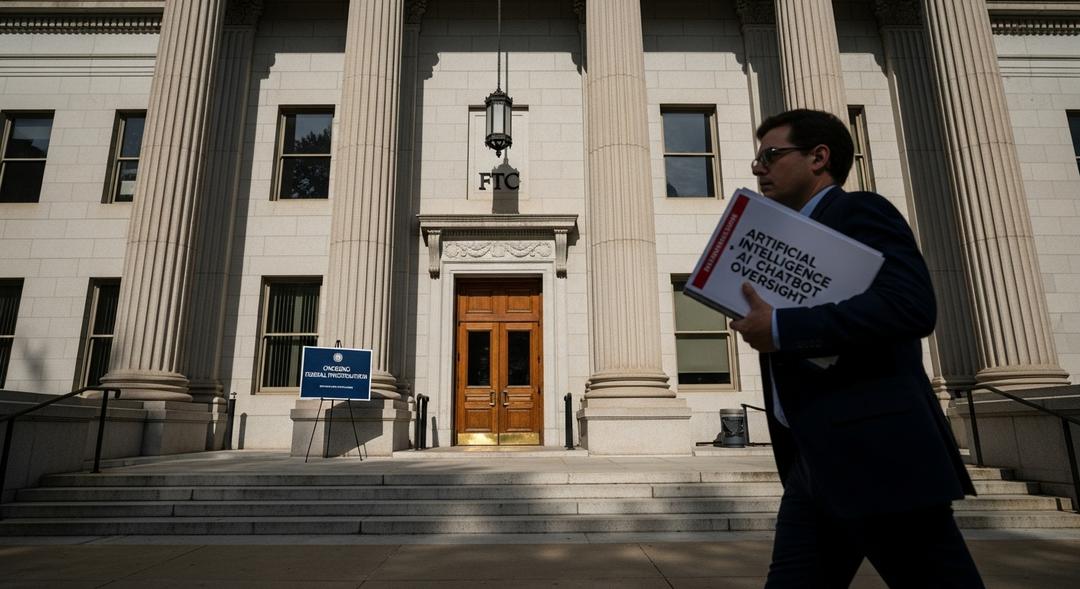Visitors to Las Vegas are about to see a classic in an entirely new light.
Plenty of movie lovers know the 1939 Wizard of Oz by heart, but few have witnessed it unfold in a space as jaw-dropping as the Sphere. This new production takes place inside a dome with walls the height of skyscrapers, lined with over a hundred thousand feet of LED panels and vibrating seats built for pure sensation.
Most people have never watched this beloved film in a true cinema setting, especially with technology like this. Once a lower-profile box office performer that became legendary thanks to television, Oz now leaps from living rooms to a futuristic playground built for spectacle.
A Classic Reimagined for the Ultimate Experience
Producer Jane Rosenthal, part of the creative team behind this reimagining, felt the story was begging for a bold step forward. She pointed out that the original movie itself broke technical ground, embracing full color in a way audiences had never seen at the time.
Forget subtle enhancements or polish. This is an immersive overhaul: towering visuals, powerful wind machines that mimic a tornado, and haptic seats that shake as Dorothy’s house is plucked from Kansas. Flying monkeys really soar, and the yellow road almost gleams beneath your feet.
Adapting affairs for this scale meant rethinking every visual element. Instead of simply projecting a rectangle up on the screen, artists used artificial intelligence to recreate and extend character performances, expanding scenes in the highest definition available anywhere.
The soundscape too was rebuilt for the Sphere’s mountain of speakers, enveloping visitors in music and dialogue from every angle.
Tickets set fans back at least one hundred dollars, but the team sees this as more than a pricey novelty. Others could soon follow. Carolyn Blackwood, head of Sphere Studios, said Oz “opens a door” for new takes on studio treasures. “We’re learning all the time, and that’s what’s been so exciting. It’s an immersive medium, it’s not a passive medium,” she said.
Ben Grossmann, driving the new visuals, describes the project more like a live performance than a simple film. With the technology here, creators can adjust the show after watching how crowds respond. “We think of this more like software, where we put it out and then we can do updates and make adjustments after we see what the audience wants and make adjustments,” Grossmann explained.
Feedback from movie purists has already grown heated, particularly on social media, where some anxious critics see technology overtaking cherished Hollywood art. A single tornado clip fanned debate over whether digital innovation dishonors the film’s legacy or adds a new layer to its legend.
Rosenthal waved off the negative takes as “the blind leading the blind,” stressing no preview has captured the actual experience yet. With only one Sphere venue on the planet, she insists the show must be seen in person to be understood.
Grossmann admits the project springs from a time of rapid cultural change, and that tensions over artificial intelligence are real. Still, he believes what’s happening with Oz is not about replacing films, but creating a new way to bring people together for a story.
As he put it, “Sphere is a reality that makes the screen disappear. You have to unlearn cinema and you have to relearn the human experience.”







